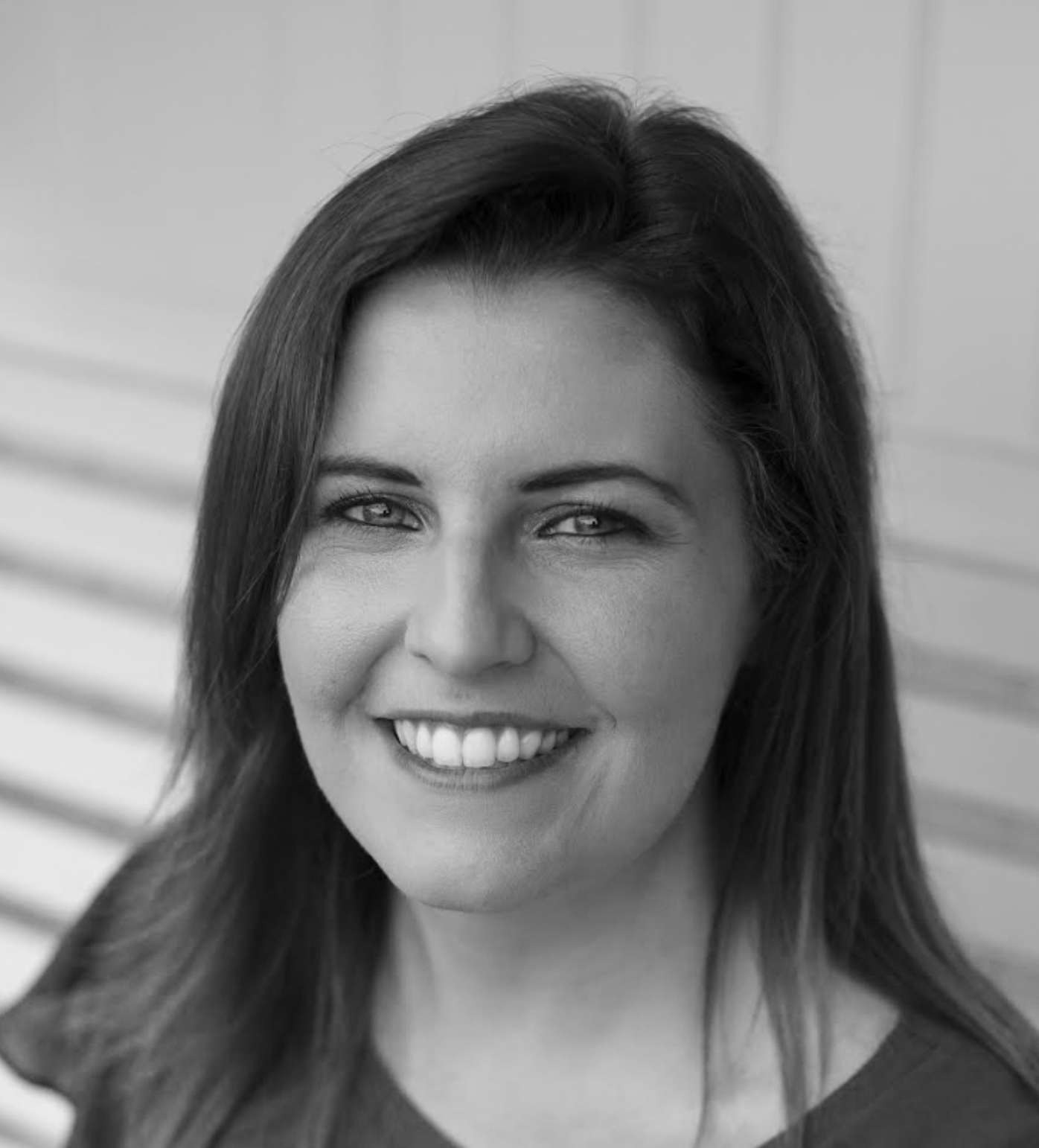Law Enforcement in Modern Britain (Edexcel GCSE History)
Revision Note

Author
Rosanna KillickExpertise
History Content Creator
Law Enforcement in Modern Britain - Timeline

Law Enforcement in Modern Britain - Summary
Modern Britain has seen science and technology develop at a remarkable pace. These changes have increased both the range and complexity of crimes. They have also led to changes in police work. Police now have new and improved ways of responding to and handling crimes. The police force itself has also specialised. Officers are now trained to acquire expertise in specific areas. |
Changes to Policing: New Science and Technology
Advancements in science and technology have changed and improved policing
The illustration below shows the impact of new science and technology on policing in modern Britain
IMAGE
An illustration showing the impact of new science and technology on policing in modern Britain
Changes to Policing: Specialisation and Representation
Specialisation
Modern Britain has seen an increased emphasis on police training
Before serving as officers, new recruits receive
Around 18-22 weeks of classroom training
Practical training
Every police force now has its own special branch
These branches respond to national terror and security threats
Officers in these branches receive specialised training in
Using tasers and firearms
Riding police horses or motorbikes
There are several other specialist police units or squads

A diagram including some examples of specialist police units
Representation
Since 1900, representation in the police has gradually improved
The table below includes some examples of representation of certain groups in the police
Table of representation in the police force
Women | Homosexuals | Ethnic minorities |
During the First World War, women in the police force were volunteers and matrons. After the First World War, women became official police recruits. Initially, they were not given the same duties or powers of arrest as their male counterparts. They mostly dealt with issues involving women and children. This changed over the following decades as gender equality increased | Harry Daley was the first openly gay British policeman. He joined the Metropolitan Police in 1925, when homosexuality was illegal. Though he faced some discrimination at work, Daley considered his colleagues largely tolerant | In 1968, Sislin Fay Allen became the first black female police officer in the Met and the UK. She decided to apply after seeing a recruitment advert for male and female officers |
Community Law Enforcement and Neighbourhood Watch
Modern Britain has seen a return to community law enforcement
Unlike in the Anglo-Saxon era, community law enforcement is now voluntary
Neighbourhood Watch
Was set up at a time when crime was increasing
Based on a similar scheme in the USA
It is now Britain’s largest voluntary crime-prevention movement
Around 2.3 million households in England and Wales are involved

A concept map listing the main aims of Neighbourhood Watch
Changing Roles in Policing: Prevention
When police were first introduced, their role was to deter and catch criminals by
Patrolling the streets
Investigating crimes
Arresting suspects
Modern police have a similar role, but they also increasingly focus on crime prevention

A diagram showing some of the different ways in which modern police help to prevent crime
Worked Example
Explain one way in which new science and technology changed policing in modern Britain
4 marks
Answers:
In modern Britain, new science and technology changed how police caught criminals. (1) DNA and fingerprints became new forms of evidence for police to charge suspects (1)
This forensic evidence meant that police no longer had to catch criminals in the act to arrest them. (1) They could now use this evidence to convict criminals long after their crimes were committed (1)
Exam Tip
When talking about new science and technology, remember to mention how it changed police work (rather than only focusing on how it made it faster or more efficient)

You've read 0 of your 0 free revision notes
Get unlimited access
to absolutely everything:
- Downloadable PDFs
- Unlimited Revision Notes
- Topic Questions
- Past Papers
- Model Answers
- Videos (Maths and Science)
Did this page help you?